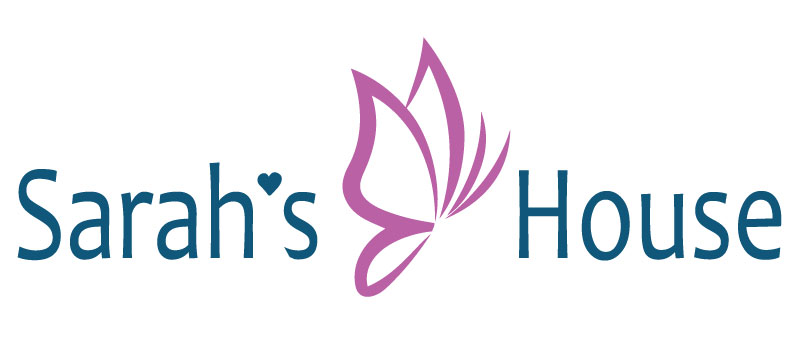The Issues and Our Impact
The issues of homelessness and domestic violence often overlap. 1 in 3 homeless women in Minnesota are homeless because of domestic violence. Half of homeless women reported that they had stayed in an abusive relationship because they had nowhere else to live.
The women who seek help from Ruth’s House face homelessness as a result of violence, poverty, chemical dependency, health challenges or other issues. The majority of these women have experienced domestic violence.
Here are some additional facts about these societal problems, and information on how Ruth’s House makes a difference.
Homelessness
According to the National Alliance to End Homelessness, 564,708 people in the United States experienced homeless on any given night during January 2015. According to Wilder Research’s 2015 Minnesota Homeless Study, approximately 40,000 Minnesotans are estimated to experience homelessness in a given year.
While the Minnesota homeless population is close to evenly split between women and men, homeless women are more likely to be parents. 66% of homeless women surveyed were parents of minor children. 53% of homeless women had at least one child with them at the time they were surveyed.
How Ruth’s House Helps
Ruth’s House’s transitional shelter has up to 9 family units available on campus at one time.
In 2015, Ruth’s House Emergency and Transitional Shelter provided over 7,000 nights of safe, comfortable shelter to 110 homeless women and children representing a diversity of cultural backgrounds. Our off-campus Supportive Housing Program provided shelter and support for an additional 33 individuals.
77% of Ruth’s House residents* obtained permanent housing.
Domestic Violence
According to the National Coalition Against Domestic Violence, 1 in 3 women and 1 in 4 men in the United States have been victims of some kind of physical violence by an intimate partner within their lifetime. Battered women who live in poverty are often forced to choose between abusive relationships and homelessness. 35% of homeless women are homeless as a result of domestic abuse, according to Wilder Research’s 2015 Minnesota Homeless Study. This is higher than reported in all previous Wilder studies since 1991.
How Ruth’s House Helps
Ruth’s House’s transitional housing program creates a space and time for healing, for up to two years, in which families can find relief and renewal in a supportive environment.
Chemical Dependency
The National Coalition for the Homeless cites estimates that in 2003 38% of homeless people were dependent on alcohol and 26% abused other drugs. Substance abuse is both a cause and a result of homelessness, often arising after people lose their housing.
Last year, about 75% of our residents struggled with chemical dependency. Many residents overcome their struggles with support received through Ruth’s House programs and referrals.
How Ruth’s House Helps
Chemical dependency is one of the many areas that the Ruth’s House case manager assesses with new residents. The case manager works with other service providers to help coordinate services for the resident and helps her access outside resources. Fountain Centers is an outpatient treatment facility that works closely with Ruth’s House to provide chemical dependency assessments and treatment for residents.
Poverty
The National Coalition for the Homeless states that homelessness and poverty are of course inextricably linked. Some causes of poverty and homelessness include disparity between housing costs and minimum wage, a lack of jobs providing a competitive living wage, lack of education needed to advance in employment, decline in available public assistance, and lack of affordable health care.
How Ruth’s House Helps
Ruth’s House strives to support individuals in achieving economic self-sufficiency through learning and skill development. Residents in both of our supportive housing programs are encouraged to seek employment and/or education.
We have a strong tradition of residents earning GED certificates, succeeding in college and vocational courses, and achieving gainful employment during their time at Ruth’s House.
- 96% of adults in the Shelter maintained or increased their income level*
- 74% of adults who left Ruth’s House Transitional Shelter had at least one cash income source*
*Figures are from Ruth’s House’s 2014 Annual Report
“Ruth’s House opened up so many opportunities for me. The staff helped me through many difficult times in my life and they did this without judgment. They made me feel cared about when so many others didn’t. They have fully helped me get my life back on track so I can be a great mom for my kids. I was able to continue my treatment and remain in a sober and safe environment. I am very thankful for all the love and genuine care I received here as well as for my kids.”

